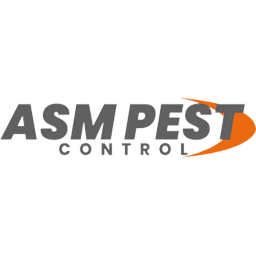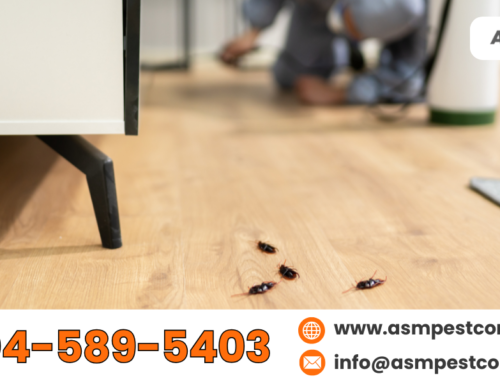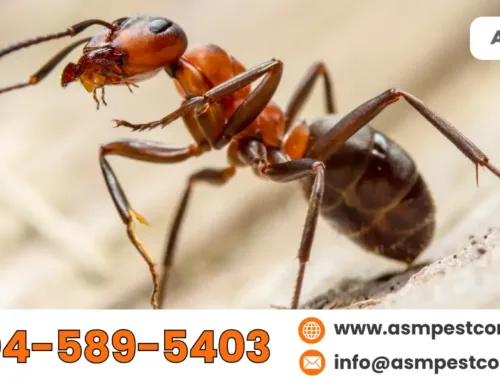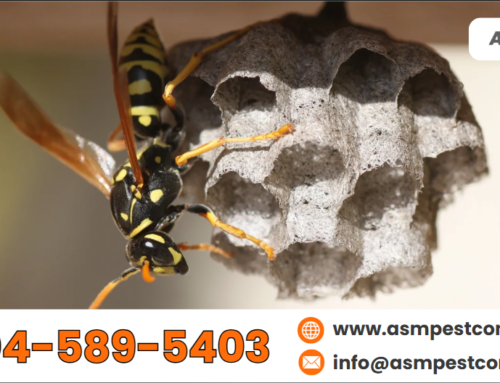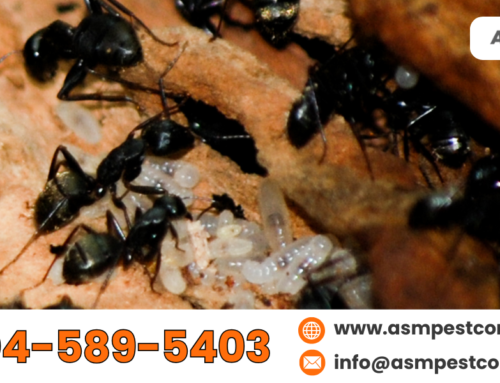Whether it’s summer or winter, you always look for a house space that is free from dangerous pests. To maintain a pest-free property, hiring professional pest control services is crucial. They have expert knowledge in handling residential and commercial properties against harmful infestations. As we discuss the treatment, each pest has a distinct nature, which is visible in its unique control treatment. If you are aiming to hire expert services for your home, it is essential to have a thorough understanding of the preparation for pest control. Knowing which measures are vital before and after treatment helps you control future outbreaks.
Understanding the Pest Control Process
Before you prepare the preparation checklist, it is essential to understand what is part of the pest control process. There are different types of treatments, depending on the type of pest infesting your property, such as rodents, ants, bed bugs, cockroaches, and others. Each treatment type features a unique method for insect removal.
A pest control process starts with an inspection of the entire property. Later on, they decide on a certain treatment application. If the insects return to the property, follow-up visits are planned. During the inspection phase, exterminators inspect the whole property, both indoors as well as outdoors, to identify nesting spots. They also determine the level to which the infestation has finally spread.
Being a homeowner, your role is vital. You need to prepare a complete checklist of all the essentials that must be completed before the treatment. Meanwhile, please do not hesitate to allow the team to explore your home. They are doing it just for the safety of your family.
Pest Control Preparation Sheet: General Guidelines
A thorough pest control guideline sheet can help those people who are choosing this procedure for the first time. This sheet will outline all the essential components you need to take care of before treatment begins. Following the tips below can also help to avoid future damage towards property and health:
Access: Clear all Pathways
You should open all access doors of your house for the exterminator team. They should not have any trouble accessing any room or space. Moving personal items or furniture is essential to make more space to reveal uninviting pests. There is a high chance that mice have a nest under appliances.
Cleaning: Getting Rid of Food Crumbs and Spills
Clean the home thoroughly to remove any food items and spills that attract pests like bed bugs. Carefully clean the floors, wipe down the kitchen surfaces, as well as store food in airtight containers. It is also essential to remove all unnecessary items that hinder treatment. Dirty areas are a favourite for establishing nesting.
Get Your Kitchen and Dining Room Ready
Clear everything off the kitchen counters and shelves. It is also essential to clean out the drawers and containers. Food, plates, and cooking tools should be kept out of treatment areas and in sealed bags or boxes. Cover or remove any appliances, and protect any open food items by sealing or covering them.
Protect and Cover Your Personal Belongings
Take care of your clothes, blankets, and other personal things. If you want to prevent them from being damaged, put them in plastic bags or move them to a different location. If exterminators are using liquid treatments, ensure that you cover electronics and electrical tools.
During The Pest Control Treatment: What to Expect?
During pest control treatment, different steps are involved to deliver successful insect control results. The team typically begins with a thorough house inspection, where they carefully examine each area of the house. Hence, this inspection will identify the type of pest, such as spiders, nesting spots, and possible entry points. Meanwhile, they also inspect holes or cracks in walls, windows, and doors, as well as utility lines, vents, and pipes.
At the same time, the yard is checked for things that might attract bugs. This also includes the common places for them to nest, hide, or pools of water. Bushes and plants are also checked, which can be their favourite nesting spots. A pest control professional crafts a treatment plan based on the collected documentation. All companies prefer to use treatments that are eco-friendly and do not involve toxic solutions. The objective is to target specific types of pests while keeping humans, pets, and the environment safe.
After creating a treatment plan, the pest control expert interacts with the homeowner to review the inspection report and discuss treatment options. Hence, they should inform them about the pest problems they’ve found and what will be done to fix them. They also answer any questions or concerns the homeowner may have. This meeting helps ensure that everyone is on the same page and gives the homeowner a chance to make well-informed choices about the treatment.
Essential Things to Do After Pest Control Treatment
After a pest control technician has treated your house, we usually suggest the following things to keep in mind for future control:
Let the Products Go to Work
Although there is no harm in staying at home while the treatment is going on, but there are some solutions that can cause breathing issues. It is always better to keep yourself away from treated areas until the next order. You should not mop the treated areas until the exterminator instructs you to do so.
Fixing all Holes and Cracks in the House
Sealing all holes and cracks is a crucial measure to control pests such as ants and cockroaches. The homeowner must seal the house’s cracks and holes properly to deter their entry.
Check The Problem Areas Again
During the pest treatment, rechecking problem areas can be beneficial. Under the worst conditions, there is a possibility that pests can return to their nesting spot. You should regularly check those areas.
Throw Away Affected Food and Perishables
You should store all perishable food and other items that spoil quickly before your treatment. Even though our pest control methods are safe, you should still stay cautious and discard any food that may have come into contact with them.
FAQs
1. How long should I wait before entering a treated area?
Generally, small infestations are successfully treated in just a few hours. If the infestation is severe, it can take up to 24 hours.
2. Can pests return after a pest control treatment?
Yes, they can! If the right areas have not been accurately targeted, there is a high possibility of their return. For the return pests, follow-up visits are necessary.
3. Are pest control treatments safe for my pets?
If the exterminator is using treatments based on non-toxic and eco-friendly solutions, then they can be safe for your pets and the environment.
4. When should I clean my home after a pest control treatment?
Exterminators will always recommend waiting at least 24 hours before moving into the treated areas and cleaning them.
Let Your Home Be Pest-Free With Our Magical Services
Some homeowners prefer to follow DIY control methods simply to save money. Well, DIY solutions can merely show temporary results. The best elimination methods are only possible with the professional services of ASM Pest Control. We provide reliable and fast solutions that deliver long-term results against any pest infestation. Whether it’s a residential property or a commercial space, we are here to help you. Please share all the details about the pest’s presence, and we will ensure a completely insect-free environment for you. Get ready to contact us now!
